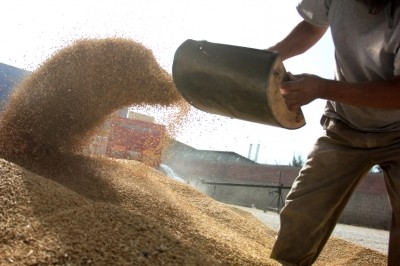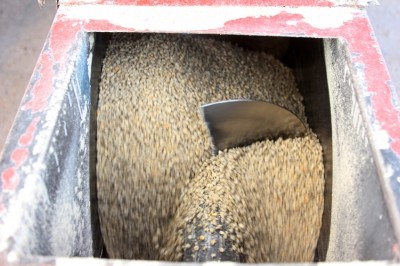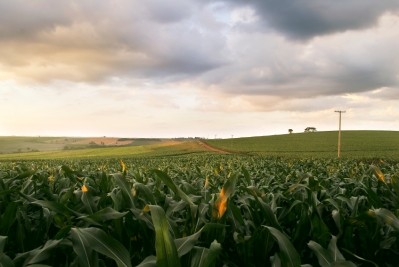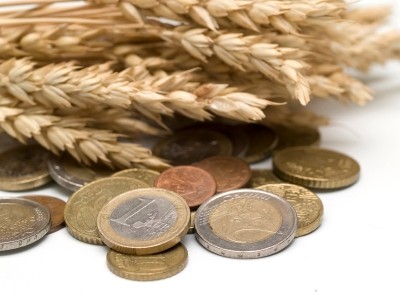Brazilian team explores potential of lactic acid bacteria as tool to tackle mycotoxin contamination
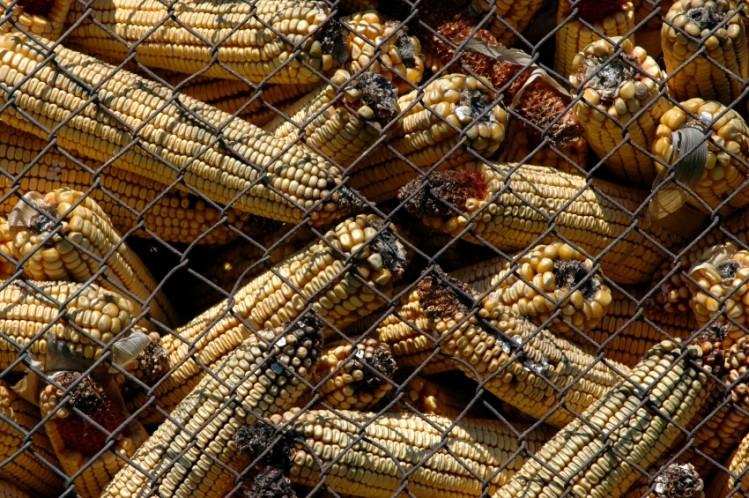
Professor Carlos Augusto Fernandes de Oliveira, based at the department of food engineering in the School of Animal Science and Food Engineering at the University of São Paulo in Brazil, told us:
“We have tested strains of Lactobacillus rhamnosus, Lactobacillus delbrueckii spp. bulgaricus and Bifidobacterium lactis to remove aflatoxin M1 from a phosphate buffer saline (PBS) solution (Bovo et al., 2013, Food and Bioprocess Technology, 6:2230–2234), and the capacity of Lactobacillus rhamnosus in removing the AFB1 also in PBS (Bovo et al., 2014, Journal of Food Research, 3:35-42).
Currently, we are trying to find a suitable method for drying large quantities of LAB culture aiming to test the material in in-vivo experiments.”
Poultry health
Aflatoxins (AF) occur worldwide, mainly in tropical and subtropical climates, and are produced by Aspergillus species. They are capable of growing on a wide variety of substrates and under various environmental conditions.
They are frequently found in feed and AFB1 is reported to be the most prevalent and toxic of 18 AF types discovered so far.
In poultry, the main manifestations of aflatoxicosis include reduced egg production and weight, increased liver fat, changes in serum enzymes, weakness, enlargement of organs such as liver and kidney, and increased susceptibility to diseases such as salmonellosis and candidiasis.
In addition to losses due animal health being undermined, there are also economic damages resulting from AFB1 tainted feed that compromise poultry production including growth rate reductions, feed conversion, and immunity challenges.
Beer fermentation residue
FeedNavigator recently reported on a study the same Brazil team carried out with the University of Missouri that found beer fermentation residue (BFR) was partially effective in binding aflatoxin B1 (AFB1), one of the most powerful mold toxins known, and that this residue, at 1% of the diet, improved some performance parameters of broiler chicks, in addition to reducing the severity of histopathological changes in the liver caused by AFB1.
The protective effect of BFR against AFB1 is provided by the yeast biomass - formed by Saccharomyces cerevisiae cells - in the BFR, said the professor. “These yeasts have proven to be a good source of adsorbent material for mycotoxins due to the presence of mannoproteins and β-glucans in their cell wall material,” he added.
Dr Oliveira said BFR is also rich in proteins, amino acids, and B vitamins and can contribute to the nutritional value of broiler diets: “Therefore the utilization of the bulk residue of yeast biomass resulting from fermentation, especially from beer production, may become a viable alternative for feed supplementation due to the wide availability of this residue in several countries.”
BFR, he added, is available in large quantities in several countries, including Brazil and the US.
